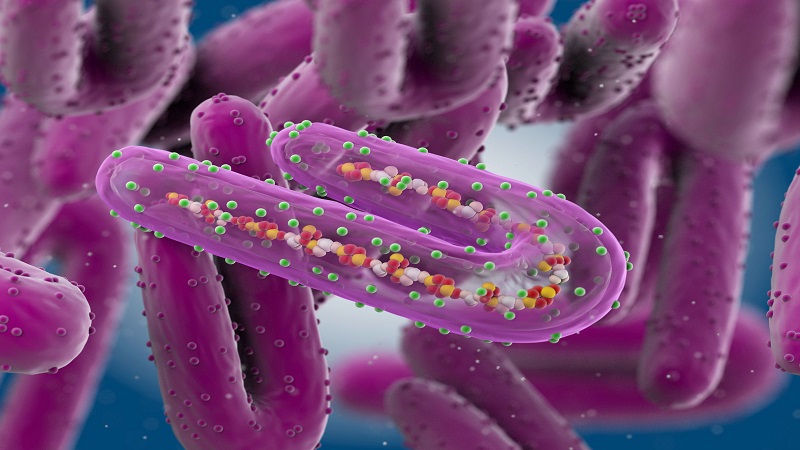
The deadly Marburg virus has been linked to two cases in Ghana. According to health officials, this is the first time an Ebola-like illness has been discovered in a country of West Africa. The Marburg virus was discovered in blood tests taken earlier this month from two patients in the southern Ashanti region. The Ghana Health Service (GHS) reported that the samples were sent to the Pasteur Institute in Senegal, which confirmed the diagnosis, according to an AFP report. According to the World Health Organization (WHO), Marburg has previously caused outbreaks and isolated cases in Angola, the Democratic Republic of the Congo, Kenya, South Africa, and Uganda.
According to the GHS statement, 98 individuals who have been identified as contact cases are presently quarantined. It also stated that no more Marburg cases have been found in Ghana.
What is the Marburg virus?
According to WHO, the Marburg virus causes Marburg virus sickness and is similar to the Ebola virus (MVD). Approximately one out of every two victims of the illness passes away.
The virus was first discovered in 1967 in Germany and the former Yugoslavia as a result of research on imported African green monkeys.
What are its symptoms?
The incubation period for Marburg, or the interval between infection and the onset of symptoms, varies from 2 to 21 days.
The Marburg virus, according to the WHO, causes a sickness with a fast onset that is characterised by a high temperature, painful headaches, and extreme exhaustion. Muscle pains and aches are another common symptom. On the third day, severe watery diarrhoea, cramps and discomfort in the abdomen, nausea, and vomiting can be there.
Between five and seven days, many patients experience severe hemorrhagic symptoms, and fatal cases frequently involve widespread bleeding. Fresh blood frequently appears in vomit and faeces along with bleeding from the nose, gums, and vagina.
Is it deadly?
With the right patient care, the disease’s case fatality ratio, which can be as high as 88%, can be considerably reduced.
According to the WHO, death rates in confirmed cases have varied from 24 to 88 percent in previous epidemics depending on the virus type and case management.
Symptoms usually start 8 to 9 days after the onset of death in fatal cases, and major blood loss and shock are usually present before that.
Transmission
Prolonged exposure to mines or caves where Rousettus bat colonies are present was earlier the primary cause of human MVD infection.
Direct contact with the blood, secretions, or other bodily fluids of those who are sick, as well as with surfaces and objects that have been contaminated with these fluids, can also result in the transmission of the disease from one person to another.
Healthcare workers who treat infected patients are also at danger. Marburg has also been connected to direct contact with an infected person’s corpse during funeral rites.
A person is contagious as long as the virus is in their blood.
Treatment
There are no approved vaccines or antiviral drugs for MVD at the moment. However, supportive care, such as treating symptoms and rehydrating with oral or intravenous fluids, improves survival rates.

Post Your Comments